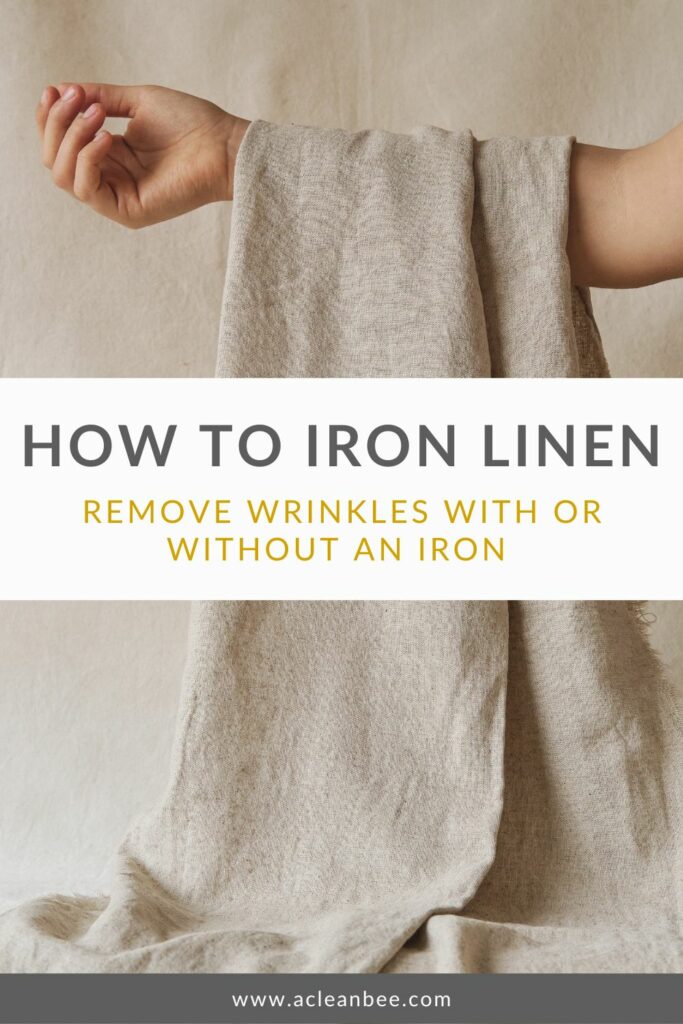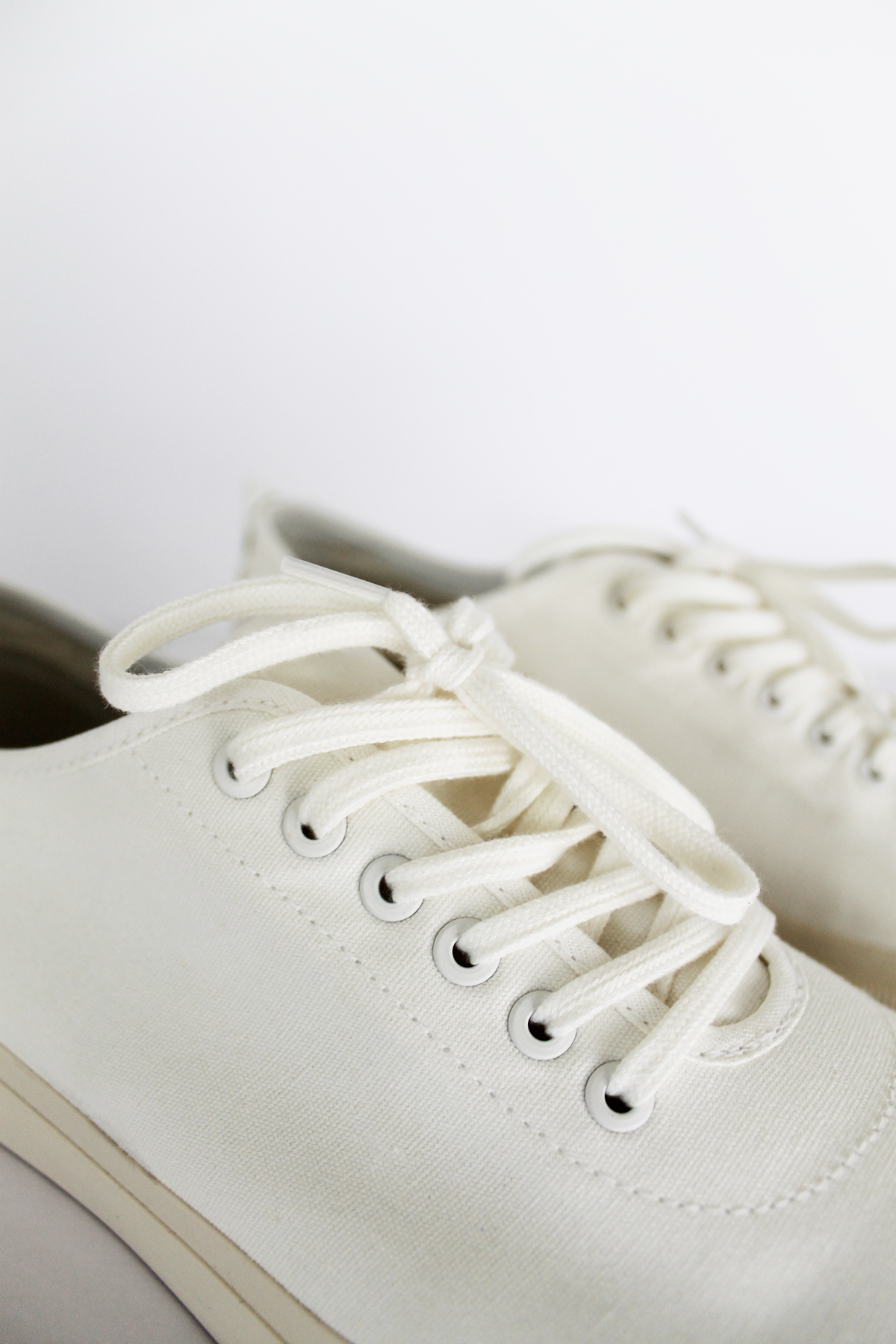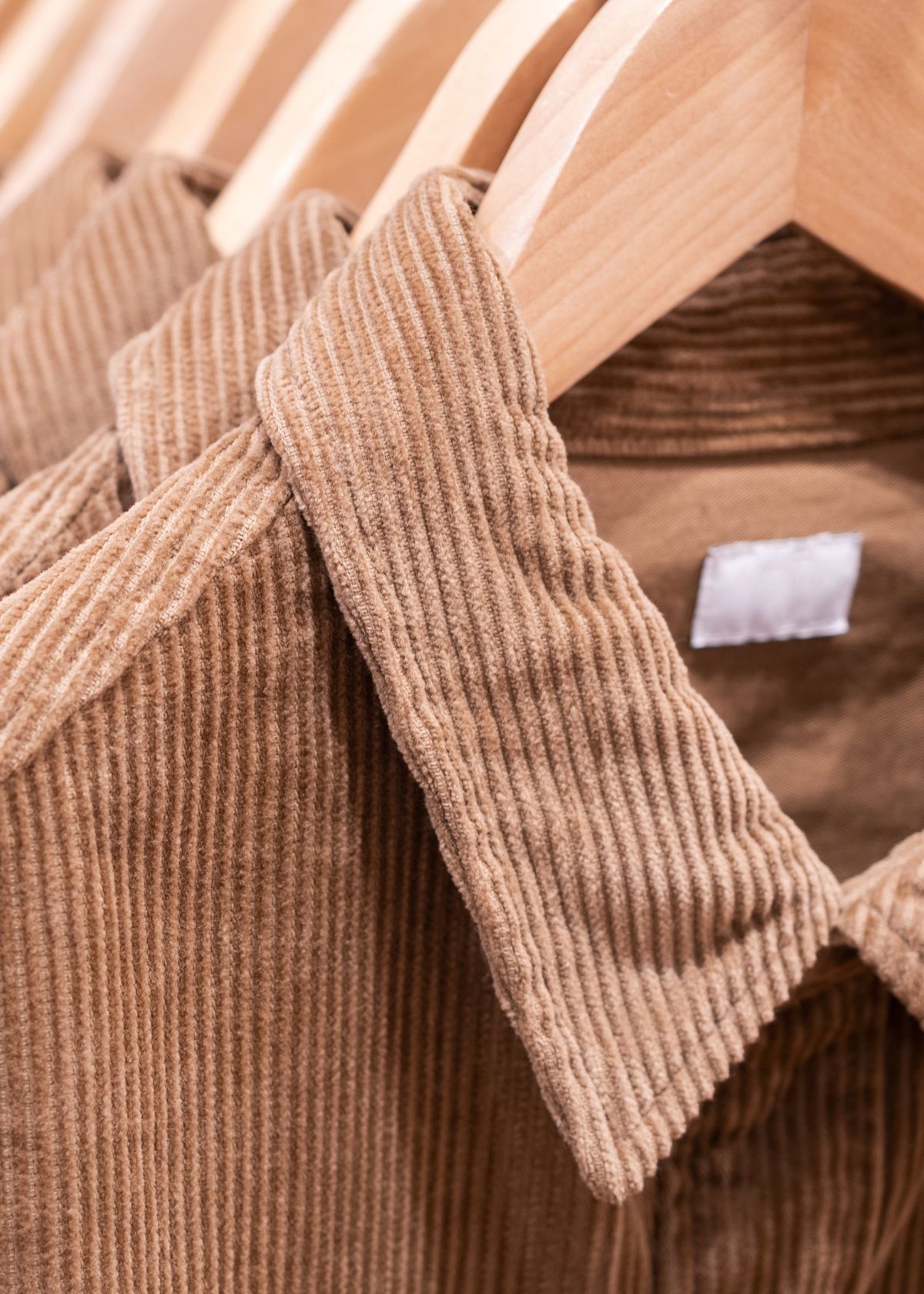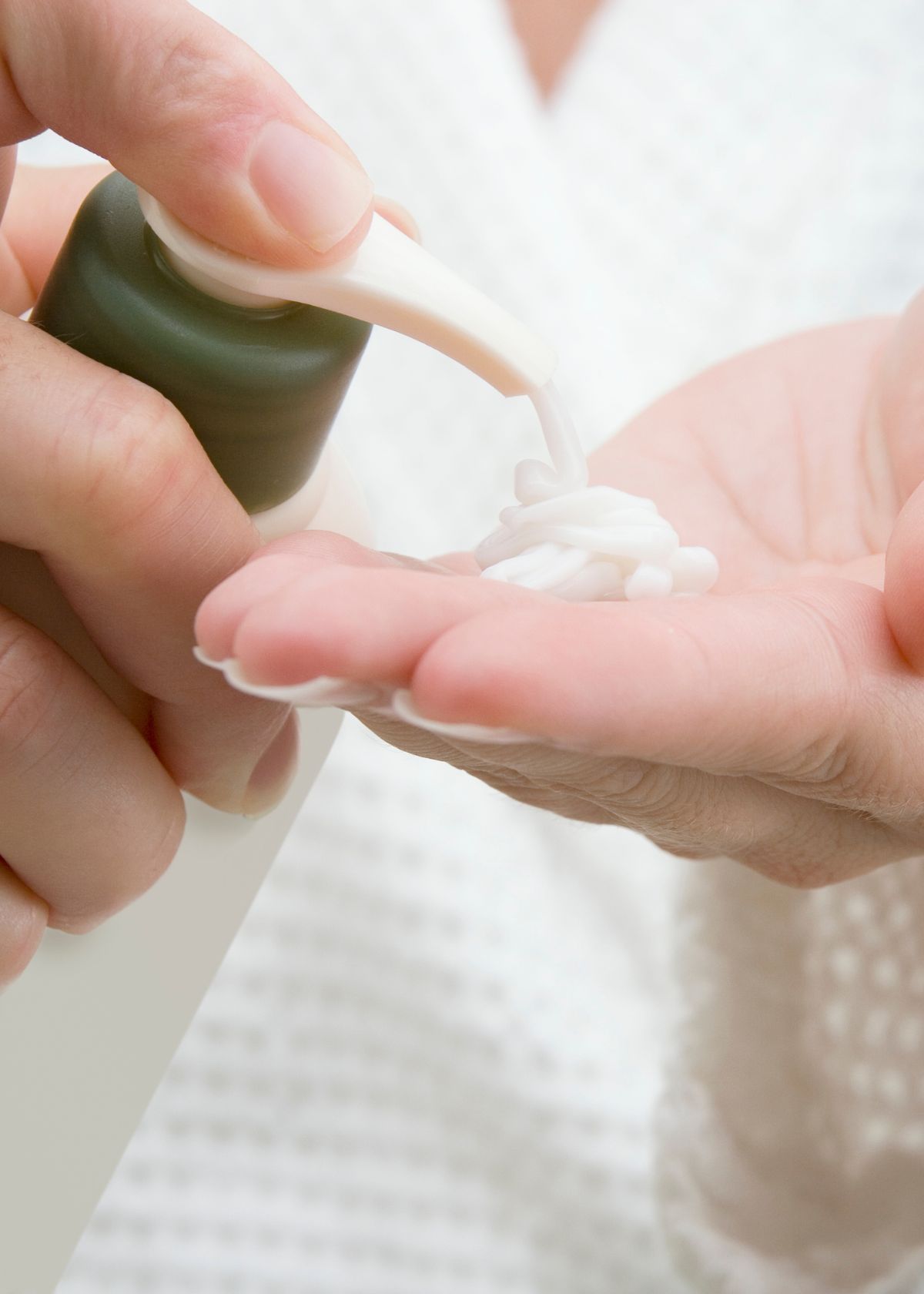How to Iron Linen
Linen is a beautiful, natural fabric that is used to make clothing, bedding, curtains, and more… but it is very wrinkle prone. Despite the wrinkles, linen is a popular fabric due to its breathability, durability, and relaxed, lived-in appearance.
With that said, a crisp, wrinkle-free finish is always achievable with a quality iron, ironing board, and a few simple ironing techniques. Here is how to iron linen.
Quick Navigation
What is Linen?
Linen is made from the flax plant, which has been used to make fiber for over 6,000 years. Due to its makeup, linen is also biodegradable, making it a great eco-friendly alternative to synthetic fabric.
Organic linen options are becoming more widely available, and you may also sometimes see that an item is OEKO-TEX certified. This means that the item has been certified by an independent organization who determined the item does not have toxic substances present in the product.
Why Does Linen Wrinkle So Easily?
Linen, like other natural fabrics such as cotton, is susceptible to wrinkles. The reason linen wrinkles so easily is due to the chemical makeup of the cellulose of the flax fibers that linen is made of. Pure linen will be more wrinkle prone than blends.
Over time, linen tends to soften little by little with every wash. Linen sheets for example, will last a long time, becoming softer and less wrinkle-prone over the course of multiple washes.
Types of Linen
There are a few different types of linen. The differences come from variations in how the fabric is woven. The most common types are plain-woven linen and sheeting linen.
- Plain-woven linen is most commonly used to make towels, such as dish towels, bath towels, or bath mats.
- Sheeting linen is more commonly used to make apparel. It has a close weave and often a higher thread count than other types of linen.
- Damask linen is less widely used in the United States. It is commonly used for decorative items like drapes or upholstery.
- Loosely-woven linen is used to make reusable diapers.
Tools and Materials for Ironing Linen
- Iron
- Ironing board
- Spray bottle and water
- Spray starch (Optional)
- Distilled water (Optional)
How to Iron Linen
Ironing is the best way to get a smooth finish on linen. You’ll need a spray bottle, an iron, and an ironing board. Optional items are distilled water for steam (although tap water will work if you have soft water) and spray starch for an extra crisp finish.
- Dampen Linen
Start by turning your linen fabric inside out. This will prevent the possibility of hard water spots damaging your fabric. Use a spray bottle filled with water (or the steam setting on your iron) to lightly dampen your linen fabric.
- Heat Your Iron
Heat your iron to the maximum temperature or select the linen setting. This is usually at 400 degrees Fahrenheit.
- Iron
Begin ironing, using firm pressing motions. You can also stretch the fabric a bit while ironing, pulling gently to help create a smooth finish. Be sure to keep the iron moving so you don’t burn the fabric. If you’re using spray starch, you can use it at this time. Be sure to shake the bottle well before spraying on your item. Shake, then spray, then iron.
- Hang and Let Cool
Hang your item to allow it to cool before wearing or putting it away. Letting it cool will allow the wrinkle-free finish to set.
RELATED:
Mistakes to Avoid When Ironing Linen
There are a few mistakes to avoid when ironing linen. Avoiding these will make your life easier and also preserve the life of your fabric and ironing tools.
- Not checking the labels. This goes for all clothing: Always check the labels! While an item may look or feel like linen, it may not be 100% linen. Any fabrics that are blended will need to be treated differently, and usually ironed at a lower temperature.
- Using distilled water. You may have heard of using distilled water to iron to avoid mineral deposits. However, this is not necessary in every case, and can void your iron’s warranty. I recommend following your iron’s manufacturer’s instructions. In general, tap water should work. If you have hard water, you can mix tap water and distilled water at a 50/50 ratio.
- Not letting your item cool. If you put your freshly ironed shirt on right after you iron, you risk crumpling the shirt once more because the fibers haven’t set yet.
- Not using enough water. If your item isn’t damp enough, you won’t be able to get those stubborn wrinkles out. I sometimes iron linen fabrics within minutes of removing them from the wash to take advantage of the moisture.
How to Get Wrinkles Out of Linen Without an Iron
There are a few different ways to get wrinkles out of linen without an iron, depending on your preference and how wrinkly the item is.
Fabric Steamer
I love using a fabric steamer because I find it quicker than ironing. The drawback is that it gives less of a crisp look. If you prefer a formal, crisp finish, opt for ironing with spray starch.
Shower Steam
One of my favorite hacks, especially when traveling. Hang your item on a hanger in the bathroom while you shower. Tug the edges of fabric gently to help the wrinkles release. This works best if your item is slightly crumpled all over. It works less well for deep creases.
Dryer
If your item is not wet already, you’ll need to add a damp, lint free, white or colorfast towel or cloth to the dryer to make it nice and steamy in the dryer. Dry on a low heat setting for 10 minutes. Once removed, you can further smooth the fabric with your hands by tugging a little at the edges to release any wrinkles that may linger.
Of course before trying this method, be sure to always check the item’s drying care instructions on the label. Some may direct you to air dry only. Others may indicate that tumble drying on low is okay. If you do use the dryer, be sure to remove promptly, and hang for best results.
Spray Bottle
Lastly, as wrinkles develop throughout the day it can be helpful to travel with a wrinkle release spray. Simply give the fabric a light spray and use your hands to tug at the edges to release wrinkles.
Hang, Don’t Fold
When storing, I recommend hanging your linen items vs folding, unless it’s bed sheets! Since linen wrinkles so easily, it saves you work later on if you hang linen items.
FAQs
Yes, it’s ok to iron linen. To iron linen, you’ll use a spray bottle to dampen the linen, and then an iron on a high setting to get rid of the wrinkles.
You can iron linen on a high setting. Often, irons have a “Linen” setting which is often the hottest setting.
Linen can be ironed or steamed, depending on what you have available to you and what look you are going for. Steaming will allow the wrinkles to release, but will not give you the crisp look that ironing can give you.
It depends. Always follow the label on your item. In some cases you can tumble dry low and remove promptly. However, linen is a natural fiber and can shrink. Unless I’m in a hurry, I usually prefer to air dry linen.








